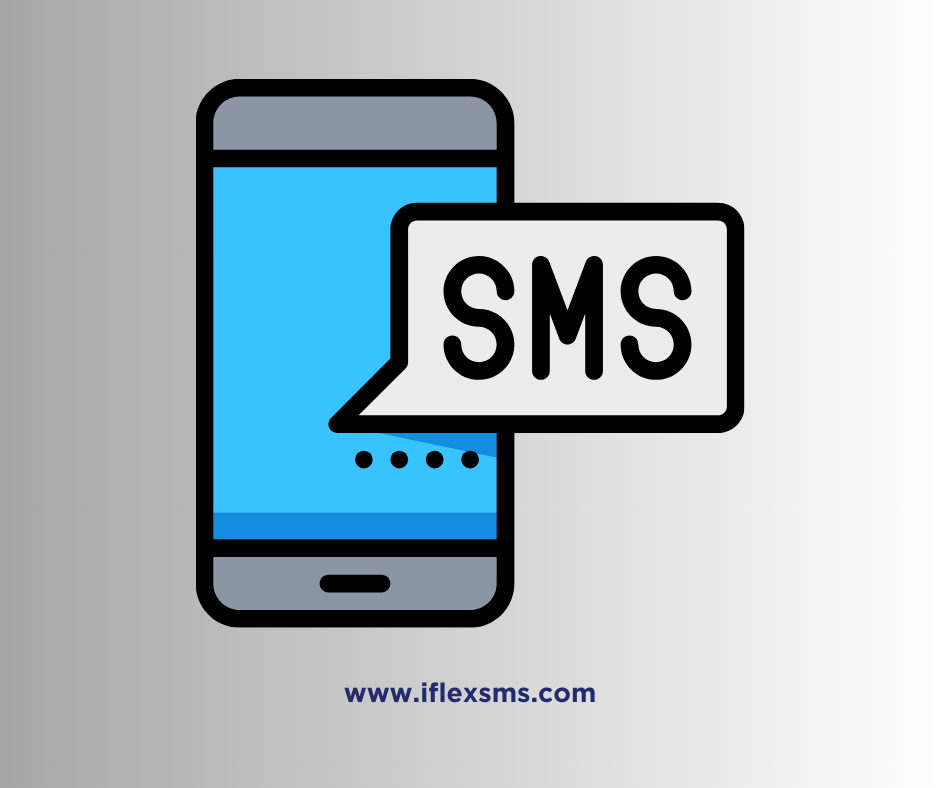Including text messaging in your marketing plan will only increase brand accessibility because SMS is a clear and succinct method of mobile phone communication.
While sending individualized bulk SMS messages to your clients, users, and customers may sound like a wonderful idea in general, a successful mobile phone messaging campaign depends on sending the correct message to the right people at the right time.
Approximately 98% of recipients read SMS within the first three minutes, making it a convenient and instantaneous form of communication. If you want to be sure that your receivers get your message directly, SMS is ideal.
When it comes to campaign development, everyone wants to know the most effective and efficient method. It’s also helpful to know what not to do.
When implementing a promotional SMS campaign, marketers frequently commit the following five blunders.
Why is an SMS marketing plan necessary?

How can you know where you want to go if you don’t have a plan? Marketing campaigns include knowing what you want to accomplish, how to put methods into action, and then measuring the final result. Campaigns for SMS marketing are no exception.
Your SMS exchanges could come across as haphazard and superficial if you don’t have a plan.
For instance, sending a pointless message at the wrong moment may cause recipients to completely unsubscribe from your messaging service.
You can develop your approach by responding to these questions:
First of all, why are you sending SMS?
What message do you wish to convey to your audience?
Is the data you’re sending pertinent?
How frequently and when should SMS be sent?
Understanding the type of message you wish to convey will help recipients understand your objectives. You can customize the message to your audience at the ideal moment by planning the message’s content and who it will be sent to beforehand. For instance, delivering SMS messages to users’ mobile phones in advance of a promotion or product launch.
Execution
When it comes time to assess how well your approach worked and where it can be improved, having goals and metrics in place beforehand can help. Future campaigns will be much improved by identifying correlated results and gauging overall campaign success, as well as by creating a successful communication plan.
The success of your company depends on having actual proof of a campaign’s efficacy. Using a special promo code in text messages during a sale, for instance, allows you to monitor the success of your SMS campaign by counting the number of transactions done using that code.
yelling into space
To whom are you speaking?
First off, contacts only receive promotional SMS after providing their personal information and opting in. It’s critical to comprehend and value your audience. The next step in giving customers the best possible mobile marketing experience from your brand is to find out which communication channel they prefer.
Recognize your audience
It could be your undoing if you forget who you are speaking to. Staying current and establishing a connection with your audience is crucial because many individuals lose interest in content that is no longer relevant to them.
Customers typically supply extra information when they consent to receive SMS content, such as location, age, gender, or occupation. When planning an SMS campaign, take into account the demographics of your recipients to help you schedule messages for them and personalize content.
A message that is both inclusive and focused can help your audience feel valued and heard. Sending a new customer a welcome message that introduces them to your brand, the SMS service, and the option to opt out at any time by responding “Stop” is one example.
VIP programs and loyalty awards
Ensuring VIPs and devoted clients feel valued can be quite advantageous for the company. Sales and brand loyalty can be raised by offering incentives to regular customers and high spenders.
VIP sales and exclusive access to launch parties are excellent examples of this, and when you notify your consumers via SMS, the message is sent straight to their phone.
It sounds just
It’s possible for generic statements that don’t represent your brand to be overlooked or forgotten. People may not even open content if it lacks personality or flavor, and they may also decide to unsubscribe. Enticing your audience with a product they might need or want is the main goal of marketing. You may improve your standing by communicating the appropriate message in the voice of your brand.
What is the tone of your voice?
Think about your brand presence and voice tone. Intention, context, and tone are crucial for conveying your message in an SMS.
A constant tone of voice enables your customers to relate to the brand persona on a personal level, while transparency builds trust. Creating and maintaining these connections is crucial to your company’s long-term success.
To a certain extent, your audience is already aware that receiving SMS messages from a company is likely to contain promotional content. Alerts for significant occasions, specials, new product launches, discounts, etc., may be available. Nonetheless, adding a little personality to your material increases relatability and allows it to convey more than simply the text message.
What are you attempting to express?
Direct, succinct, and interesting content is ideal. Knowing what kind of content you want to deliver is essential for an SMS marketing campaign because you only have 160 characters to work with.
Developing your SMS content and continuing campaign requires defining your tone of voice and the main point of your message. When limited to a character restriction, it can be challenging to come up with an on-brand message that has all the information you need and is in your tone of voice. Nevertheless, it is possible!
No Involvement
Are you encouraging transient interactions or are you keeping customers? Knowing your customers and what they require from a company could help you stay ahead of the competition.
However, while you’re planning your message solution campaign, performing the bare minimum, skipping research, and falling behind on trends can set you behind further than the others.
A request for action
We now know that a successful SMS marketing depends on your message being relatable and relevant. Notifying and alerting your customers about events, news, and other promotional information is all well and good, but it doesn’t necessarily promote movement. A call to action is necessary to improve the recipient’s relationship and engagement with your brand. Make it a two-way exchange by asking your customers to help in some way. For instance, “follow this link to our sale page” or “use this promo code for a discount.”
Developing trust
Giving your customers a reason to check out your goods and services could boost interaction and brand recognition. Customers are exposed to your business more, whether they are browsing a product page online or are encouraged to visit your store. This makes it possible for consumers to see your brand more favorably on your terms in your domain (whether it be online or in-store). Additionally, it enables the company to demonstrate transparency through dialogue and offer answers to the client.
Avoid being late.
Being careless can cost you customers. Timing and frequency are critical factors in SMS. Your recipients are more likely to read and interact with your material if it is easy to access and convenient, as text messages are sent and received in a matter of seconds. Make sure you’re in control of SMS scheduling so you don’t bombard potential clients with too many messages or send texts at all hours of the day.
The best methods
When it comes to SMS marketing best practices, don’t be unclear. You are already behind the curve if you don’t meet Best Practices. Using subpar or illegal tactics is a simple way to lose clients’ faith, regardless of the potential for legal action or financial damages.
Does SMS marketing have any rules?
Indeed. Nonetheless, some nations have more stringent legal standards than others.
Depending on the country you’re headquartered in or transmitting to, SMS marketing, which is categorized as A2P (Application-To-Person) messaging, may be subject to strict regulations.
For example, SMS marketing in the USA is subject to certain laws and guidelines established by the Telephone Consumer Protection Act (TCPA) and the CTIA Messaging Best Practices and Principles. For different types of content, different numbers are used and regulated. When available, 10-digit long codes and shortcode SMS are utilized expressly with A2P.
However, SMS codes are used less frequently in Australia. Both A2P and P2P (person-to-person) SMS can be sent using shortcodes and regular long codes.
Learn about any SMS marketing laws that may apply to your community and the area you are sending to.
Messages
The TCPA defines spam as sending unsolicited SMS messages to several recipients that are identical or strikingly similar. Additionally, it is a crime that carries a fine of up to $1500 in the United States.
Offering opt-in and opt-out services to your clients for mobile marketing is regarded as best practice and may be against the law if you don’t. Additionally, it fosters trust in your company and demonstrates consideration for the interests of the recipients.
The best SMS marketing available
In conclusion, you can arrange, measure, and enhance communication by preparing ahead of time and studying a suitable approach. Knowing who your target audience is can help you customize your message to meet their demands and forge closer bonds with them. All things considered, adhering to SMS marketing best practices will promote transparency and strengthen brand identity.
To get the most out of your SMS marketing strategy, steer clear of the aforementioned blunders.


